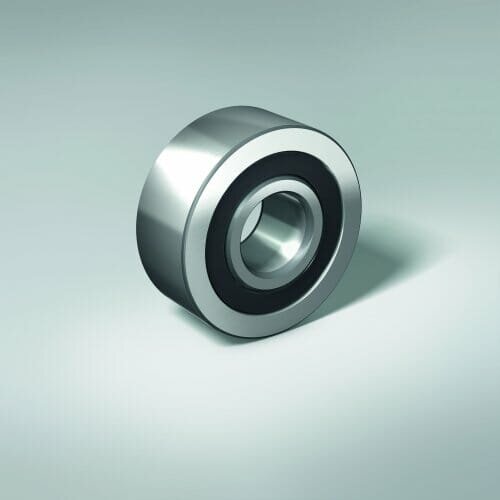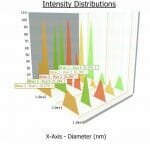After suffering repeated failures of its table guide rollers, an international woodworking machine manufacturer called upon the expertise of NSK and its AIP Added Value Programme to resolve the issue. The decision proved lucrative, with NSK helping the company to save a total of €13,333 per annum in reduced labour and assembly costs.Upon arriving at the customer’s facility, NSK set about investigating the problem with the table guides, discovering that the existing bearings had insufficient tolerance. This issue, in combination with inconsistent bearing assembly methods, was resulting in the frequent failures.
A proposal was made to adopt NSK pulley bearings, predominantly because of their higher tolerance levels. In tandem with a suitable NSK training course that allowed consistent table guide assembly, it was calculated that the problem would be resolved. Sure enough, these actions enabled fault-free running of the machine and reduced fitting times for the bearings.
Pulley bearings from NSK correspond in design to a sealed double-row angular contact bearing. Based on their function as pulley bearings, the outer ring – which can be cylindrical or crowned – is reinforced.
Importantly, in harsh operating conditions such as those found in woodworking shops, NSK pulley bearings feature contact seals that provide excellent protection against the ingress of dirt and other types of contamination. These bearings also serve to reduce wear on the raceways and ball surface, cut noise levels, and reduce vibration and the danger of lubricant failure. A further advantage of NSK pulley bearings, which accommodate radial and axial forces in both directions, is their potential to be re-greased through the inner ring.
At the woodworking machine manufacturer, NSK pulley bearings were subjected to an initial trial, which demonstrated their superior performance, without any failures. In tandem with employee training in bearing installation and removal, it was possible to reduce assembly costs and staff deployment.







